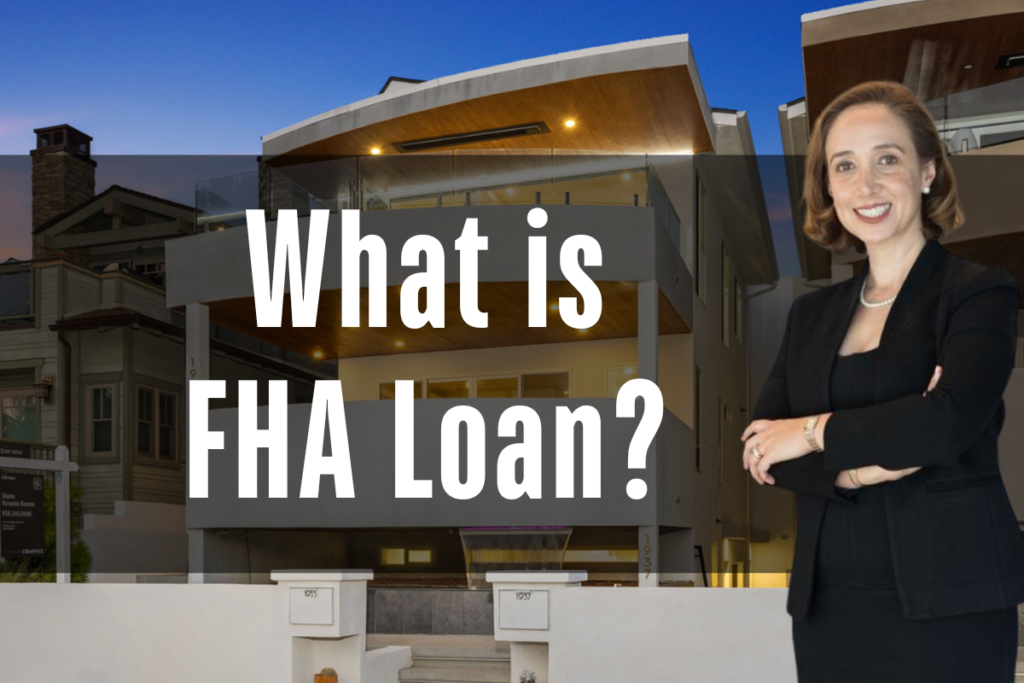
The Federal Housing Administration, or FHA, came out of the Department of Housing and Urban Development (HUD) in the late 1930s. And it was the very first answer to conventional loans. In this sense, before the Federal Housing Administration came out, conventional loans existed, 20% or even 50% down would have been the norm.
FHA enabled, had a new program in place, which was to provide an insurance program. Now, the FHA does not borrow money. The FHA provides an insurance program to lenders so that lenders could take greater risk than they did before. And this began to change the entire real estate market around the country just before World War II. Of course, it took World War II in the end to fix the economy after the depression. But the FHA was instrumental in creating a framework for how lending would run in the future, providing an insured conventional loan after a model from the FHA.
How does all this work? Well, imagine you or I go into a bank. We get qualified for an FHA loan. The FHA loan is then going to issue mortgage insurance to that lender, which is going to be a commitment good for six to nine months for new construction. But this allows the lender to take on greater risk. By taking on 100% of the loan risk, the FHA has essentially eliminated the lender’s risk entirely. Under coinsurance, the lender would process and underwrite the loan and even take a share in the losses and some other things. So there’s programs there, too, where banks and lenders could be more involved in sharing this risk with the FHA.
The FHA provides for a lot of advantages for borrowers and lenders in terms of opening up their markets too. The first is a higher loan-to-value ratio, so 3.5% down as a minimum. That means the loan-to-value ratio being higher, 96.5%, allowing for 3.5% down on purchases. It has lots of different loans available, not just for existing homes. There’s no due on sale clause- what does that mean? It means that the loan can be assumed. What does that mean? It means that a buyer in the future might just take on my mortgage as a part of the purchase. What if that loan has a 3.5% or 4.5% interest rate, and five years from now or eight years from now, the prevailing interest rate available on a conventional loan is 7%? 6% or 7% is a historical norm. We’re going to go there one day, maybe not today.
But consider for a moment, a person with an FHA loan has an advantage, or even a VA loan, because there’s no due on sale clause. It’s assumable and might be able to have an advantage over others in the marketplace because they’ve got a loan to sell to at a lower interest rate. There’s no prepayment penalty. A conventional loan with a 30-year repayment plan might, might have a prepayment penalty. With FHA, we know there’s not one. There’s never going to be a prepayment penalty. Now, incidentally, most residential loans don’t have a prepayment penalty. And the reason for that is, because it would interrupt market activity to no end. If home sellers around the country had to wait for a certain period of time so that they did not get charged a penalty for paying their loan off when they sold the house, the whole real estate market would be interrupted. So, we’re just gonna wave those prepayment bills.
Know your home’s worth, click here.
Homes for sale in Carmel Valley click here.
Shirin Rezania Ramos | 858.345.0685 | www.shirinramos.com | Compass, DRE 0203379


